If you have explored my Blood Sugar Friendly Recipes, you've probably seen me mention CGMs (Continuous Glucose Monitors).
Maybe you're wondering what exactly that means, or why someone without diabetes would wear one. I started wearing a CGM in 2024 to address severe hormonal symptoms, and it completely transformed my health. I've unlocked better sleep, eliminated joint pain and inflammation, my mood has stabilized and (at risk of sounding like an infomercial) I lost 25lbs.
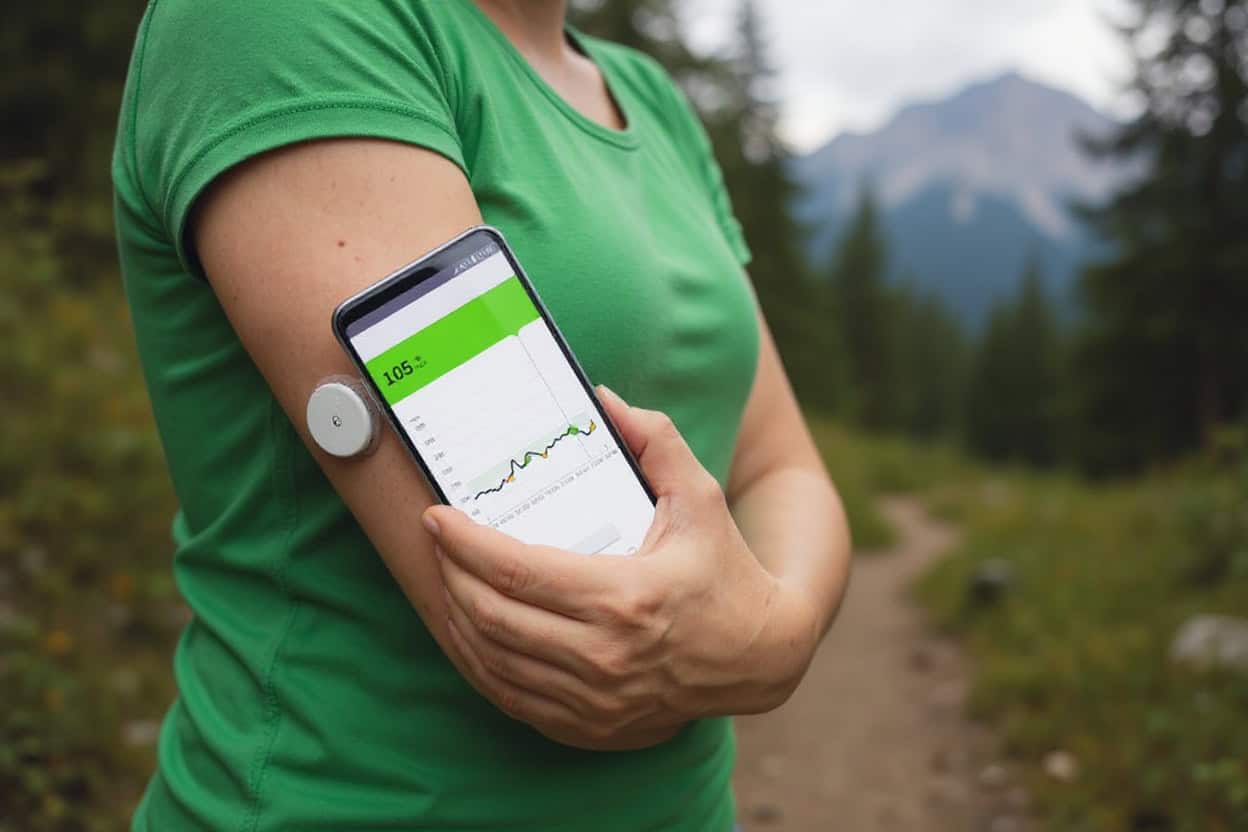
It was also a CGM that revealed my husband was pre-diabetic and provided new insights for how he could take better care of himself through food choices.
These little devices have opened up opportunities for better health for both of us, but they come with a learning curve. So, let's talk about 'em!
Why I Started Wearing a CGM
In 2024, I was struggling with what seemed like early perimenopause:
- Regular insomnia - not sleeping through the night
- Intense daytime fatigue made basic tasks difficult (that "I hit a wall" feeling)
- Mood swings that were affecting my relationships (sorry Ryan!)
- Joint pain so severe I had to drop out of half-marathon training
I'd been diagnosed with adenomyosis and endometriosis, and after reading Dr. Mary Claire Haver and Casey Means' work on inflammation and insulin resistance, I realized lots of hormonal issues can be connected to blood sugar dysregulation. I wanted to try diet and lifestyle changes before medication, so I decided based on their recommendations to try a continuous glucose monitor.
What Actually IS a CGM?
A continuous glucose monitor is a small sensor worn on your upper arm that tracks glucose levels 24/7. It doesn't measure blood sugar directly, but measures glucose in your interstitial fluid (the fluid between cells), which mirrors blood glucose with about a 10-15 minute lag.
Key differences from finger prick tests:
- Finger pricks give you a single snapshot
- CGMs show you the whole curve - how glucose rises, how long it stays elevated, how quickly it returns to normal
- The context matters more than any single number
The sensor has a tiny filament under your skin, lasts 10-14 days, and sends continuous readings to your phone.
I was initially freaked out at the idea of a tiny pin going into my skin, but as anyone who's ever worn a CGM will tell you, it doesn't hurt at all.
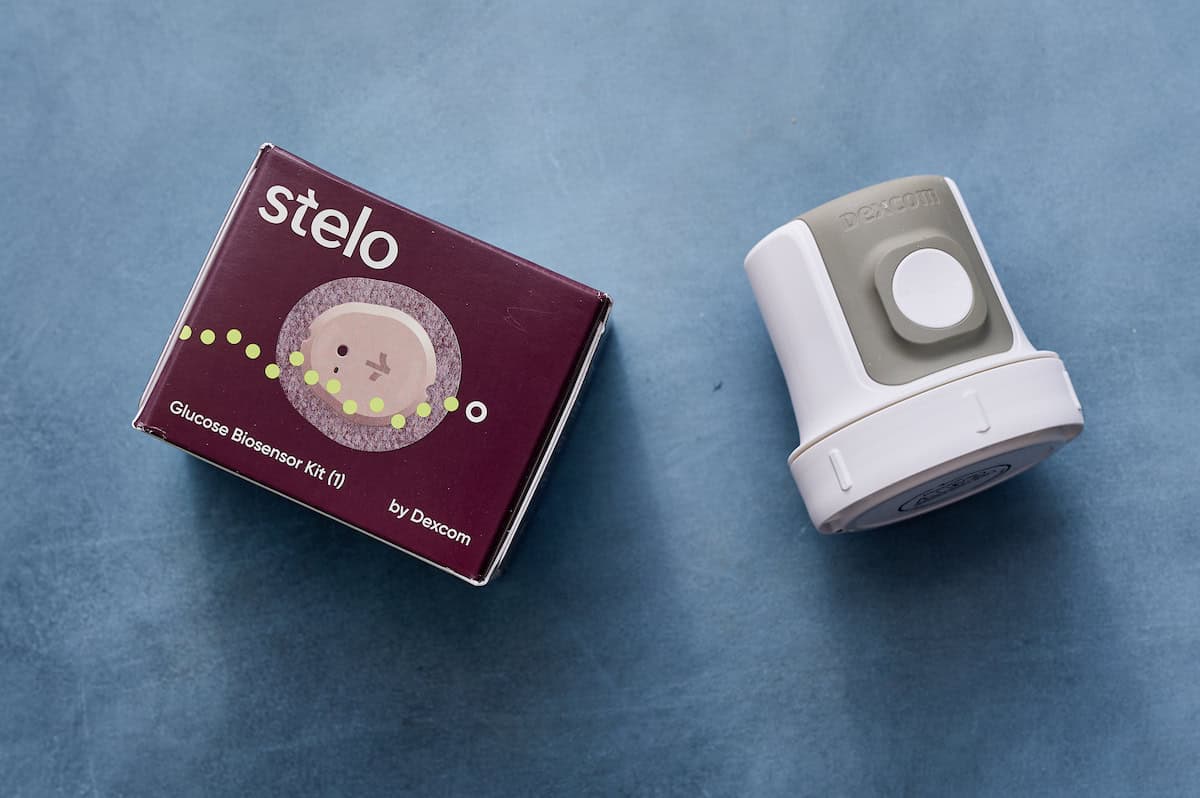
What Surprised Me Most
I started super strict low-carb, thinking that was the answer. My levels stayed steady, but I was miserable and it wasn't sustainable. That's when I started leaning into what I learned from the book Glucose Revolution. I saw in real time what she taught, that you CAN eat carbs and still maintain steady levels.
Case in point, I've been a fan of oatmeal since I was a kid. According to my CGM:
- Oatmeal with berries alone: spike
- Oatmeal with Greek yogurt and chia seeds: gentle rise
Same base food, completely different response. Just adding protein and fat changed everything. I talk more in detail about that in my Macronutrients post if you want to dive deeper.
Same thing with cake! At a dinner party I hosted, I ate a balanced meal with plenty of protein and vegetables, then enjoyed a serving of my favorite bundt cake. No spike.
The context of the meal with fiber, protein, and fat eaten first changed how my body processed the sugar. And I had the CGM results to prove it!
Other Patterns I Noticed
- Walking after meals brought levels down faster
- Being sick increased levels even with the same diet
- Stress wreaks havoc on my blood sugar. I had a super stressful work week in January and I was hovering in pre-diabetic territory until the assignment was complete.
- My menstrual cycle caused slightly elevated levels across the board
Within a month of understanding these patterns, all of the symptoms I'd been experiencing started to improve. Now a full year later and I feel better than I did in my 30s!
"I Bet I'm in Great Shape!"
Fast forward to 2025. I had an extra CGM sensor, and Ryan, my very active handyman husband who eats home-cooked meals, decided on a whim to try it. "I bet I'm in great shape!" he said confidently.
Plot twist: His numbers showed pre-diabetes. Talk about surprised!
- Doesn't sit at a desk all day
- Doesn't eat a lot of fast food
- Seemed like the picture of health
But Type 2 diabetes runs in his family, and genetics were catching up.
Ryan's Simple Tweaks That Worked
Because I'd spent the previous year learning about blood sugar, we knew what to do. Ryan's changes were small but effective:
- No more "naked carbs" - if he wants his occasional beer, he has protein and fiber first
- Adding avocado to morning toast instead of just butter and jam
- Cottage cheese with banana as a snack instead of just the banana
- Waiting to enjoy a beer until there's some fiber and protein in his belly
Not a restrictive diet. Just more thoughtful pairing. Most days his levels are now in the normal range. He's still wearing a CGM for now as we dial in sustainable habits for long-term prevention.
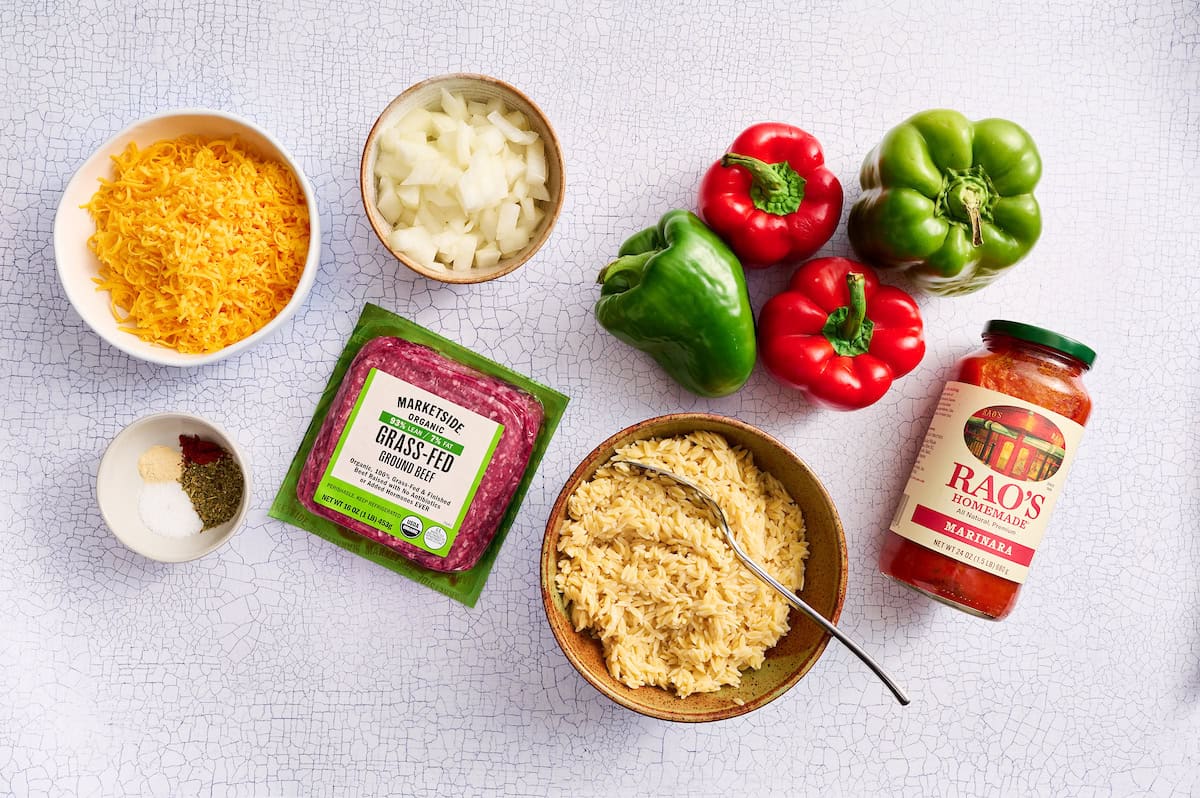
How to Get and Use One
I started with: Dexcom G7 that you can get through the Levels app or by doctor prescription
Switched to: Stelo (over-the-counter, more affordable at $100-150 for two weeks)
I use it with the Levels app for context and easier interpretation. When you see CGM data on my recipe posts, it's typically a screenshot from Levels.
It's a Learning Tool, Not a Life Sentence
Here's what I believe: Most people don't need to wear a CGM forever.
For people with diabetes, absolutely, it's crucial. But for people like me and Ryan? It's training wheels.
You wear it for two weeks to a few months and learn:
- How YOUR body specifically responds to different foods
- What meal timing works best for you
- Which foods you can enjoy freely and which need thoughtful pairing
- How stress, sleep, and movement affect your levels
Then you take it off and apply what you learned. You don't need constant data to remember that oatmeal with Greek yogurt works better for you. You don't need a graph to remind you to walk after dinner.
The goal isn't obsession with numbers. It's simply a tool for understanding your body well enough to make informed, intuitive decisions without constant monitoring.
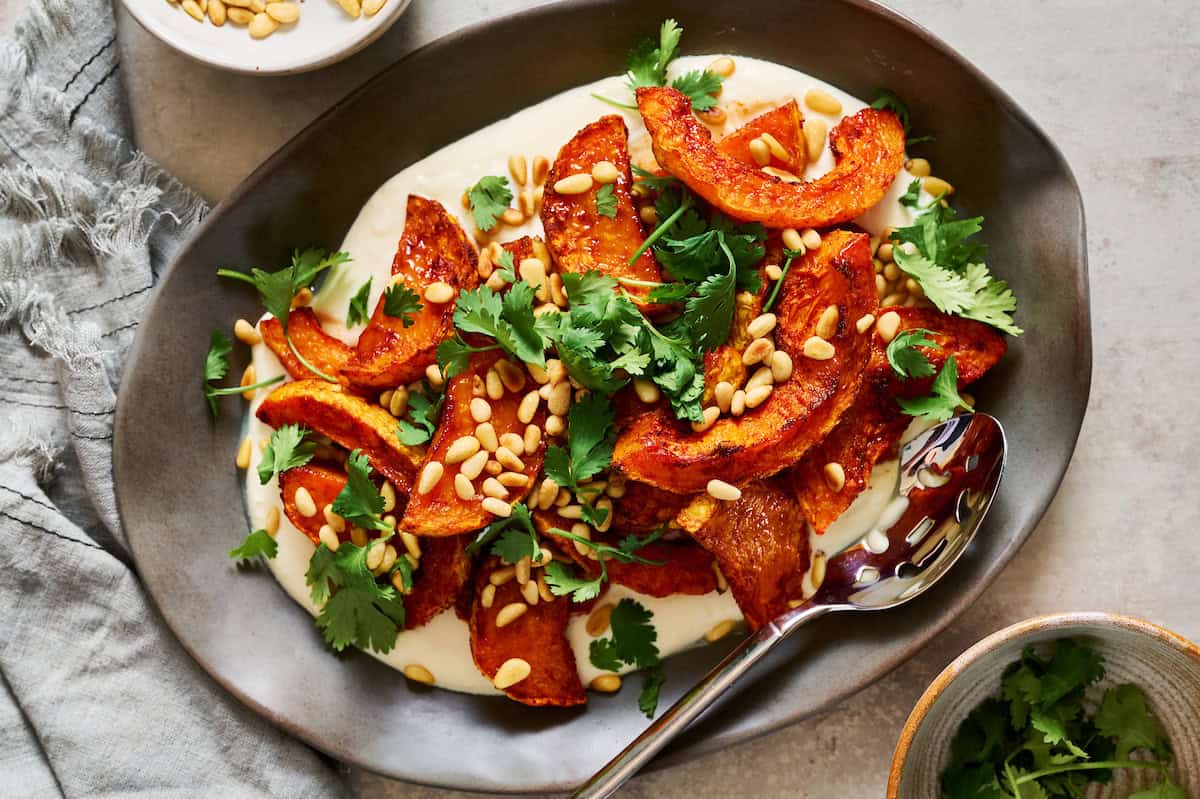
What to Eat When You're Wearing a CGM
And as I shared from my experience, any food can be blood sugar friendly when it's thoughtfully paired.
You don't have to give up cookies, pasta, or sourdough bread (which would break my baker's heart). All of my favorites can be a part of a balanced diet and life.
That said, there are recipes on my site that are blood-sugar no-brainers. They're made to maintain steady levels or accompany higher carb favorites in the interest of balance.
- Salmon Piccata - packed with flavor and omega-3s
- Chia Yogurt Parfait - my go to breakfast for busy mornings
- Broccoli Lentil Salad - keeps you satisfied for hours
- Homemade Flax Seed Crackers - crunchy without the spike
- Dark Chocolate Bark with Dates and Nuts - satisfies sweet cravings mindfully
Browse more ➡️ Blood Sugar Friendly Recipes

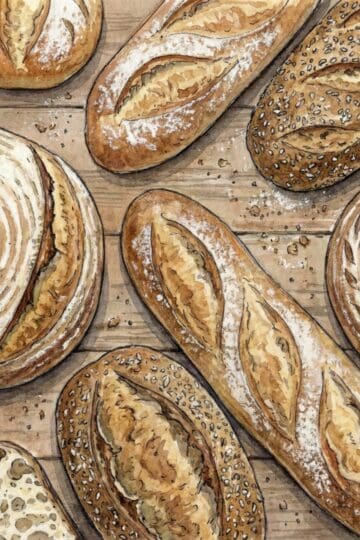

Did you make this recipe? Let me know!